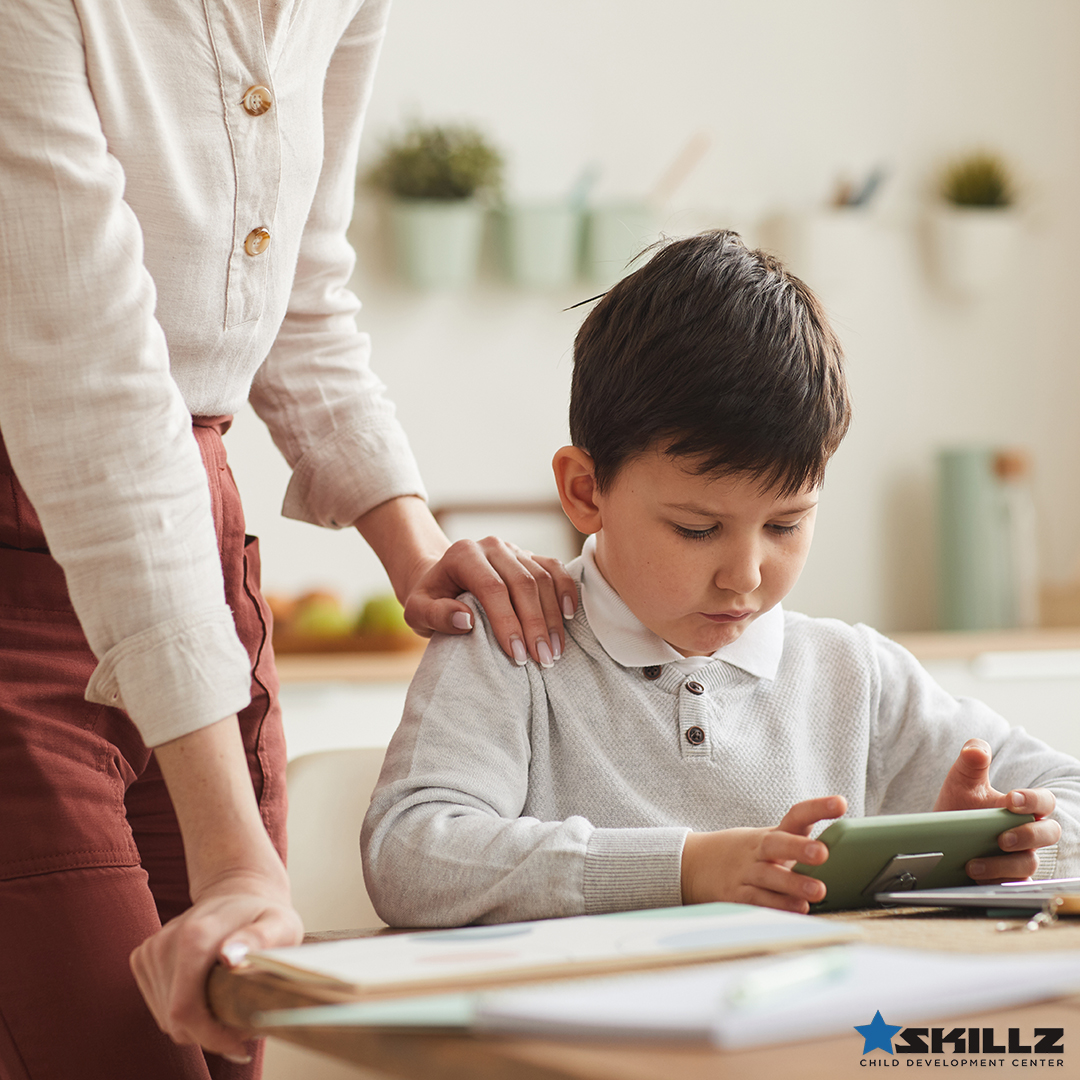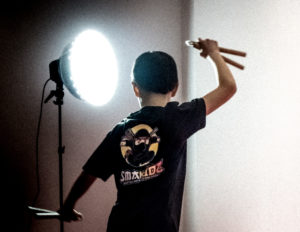Children of all ages are spending more and more time on devices. Online schoolwork and staying connected to family members are positive ways children can use technology. And while video games and social media apps are ways for children to connect and “play” with friends, these platforms are also a breeding ground for inappropriate content and predators. So, in the same way parents educate their children on awareness and danger in the physical world, danger in the virtual world should also be addressed.
There is a multitude of apps and software that can block certain content and help parents monitor their children’s online activities. Still, nothing compares to parents being attuned to what their children are doing virtually. Keeping an open, age-appropriate dialogue about this can help children make smart online choices and stay safe. By applying the SOLO SKILLZ program approach to child development and the Parent SKILLZ ideas, parents can tackle this subject in the most effective way possible.
Intellectual: Children are smart, and even the youngest know how to navigate social media and the internet, often, better than their parents. And while this can be useful in some ways, it can create a pathway to inappropriate content and dangerous situations. By connecting one-on-one with their children, parents can educate them on the potential risks of varying online activities. This will help children to be more cautious and smarter about their virtual choices.
Social: The virtual world has been a means for people of all ages to connect with friends and even make new ones. Children frequently use social media apps and online games to spend time with their friends and for the past few months, this was one of the only ways they could stay connected. However, the increased use of this medium has created more chances for predators to interact with children. To help them avoid any threats to their own well-being, parents should prompt children to make appropriate social choices online and only engage with those they know.
Emotional: While the world wide web has a lot of useful information, it also has a lot of negative material that can be emotionally overwhelming. Children often come across this content when friends post about it or simply when scrolling through various social media apps. This constant flood of negativity can be traumatizing, especially when parents aren’t attuned to how this is affecting their children. Therefore, it’s essential that parents are in tune with any significant changes in their child’s emotions and continuously check in with them.
Physical: When we think of online activities, we are often not concerned with our physical safety. Children, especially, don’t understand the physical danger that can come from information and photos they share online. From posting a selfie from their current location to their neighborhood entrance sign being visible in the background of a picture, predators can gain lots of information from seemingly innocent posts. Therefore, parents must be consistent in monitoring their children’s posts to ensure that any revealing information about their physical location is hidden.
As the requirements for the use of technology continue to grow, parents must be even more diligent in monitoring their children’s online activities. In the same way that there are threats in a community, there are also dangers online. But when parents keep their children’s development and safety top of mind by being proactive with education and supervision, the benefits that come with the use of technology will outweigh any fears.
If you would like information on our SOLO KIDS Studio please click here



